Sheath blight disease is spreading rapidly on summer-autumn rice in Ha Tinh with an infected area of up to thousands of hectares.
Professional staff instruct farmers in Thach Ha district on spraying to prevent brown spot disease.
At this time, farmers in Can Loc district are having to deal with the brown spot disease that has developed strongly in the fields after prolonged rains since the end of July.
Mr. Tran Van Hanh (Dong Hue village, Vuong Loc commune, Can Loc) said: "Blank blight disease often appears first on the sheaths and old leaves near the base and gradually begins to "eat" the leaves above, causing the rice to turn yellow and wither. Currently, the weather has changed to Lap Thu, there is more rain, and there is no shortage of water in the fields, which is a favorable condition for the disease to develop, especially in fields with a lot of water, and where the plants are sown too densely and densely."
“This year, the area and level of brown spot infection are much higher than last year, especially on varieties such as Nep 98, Nep 87, TBR225... I have sprayed pesticides, but the weather is sometimes rainy, sometimes sunny, so I am not confident yet” - Ms. Phan Thi Hanh (Ban Long village, Quang Loc commune, Can Loc) shared.
Sheath blight usually occurs first in the old leaves and sheaths near the base.
According to the review of the professional sector, Can Loc is currently the locality with the largest rice area infected with brown spot disease in the province. Up to now, the whole district has 475 hectares of rice infected with the disease, the damage rate is 7-10%, in some places it is 20-25%, concentrated in the communes of Vuong Loc, Thuan Thien, Tung Loc...; especially in the densely planted rice fields, with a lot of nitrogen fertilizer.
According to Mr. Phan Xuan Phuong - Director of the Center for Application of Science and Technology and Protection of Plants and Livestock in Can Loc district, the district is directing professional staff and communes to focus on monitoring, investigating, and zoning each outbreak of disease and each rice crop to implement appropriate treatment measures; providing training and guidance to people in areas at risk of rapid disease spread. At the same time, people are advised to proactively examine their fields to have early preventive spraying plans.
Farmers need to pay attention to visit the fields regularly to monitor the progression of brown stripe disease.
In Cam Xuyen district, brown spot disease has appeared in the fields since the rice first started tillering and forming panicles. However, according to farmers, in the past week, many disease spots have appeared, the damage rate is high, and in some fields, both the sheaths and the upper leaves have died.
Mr. Tran Van Minh (Yen Khanh village, Cam Vinh commune, Cam Xuyen) said: "Summer-autumn rice is in the flowering stage, many of my family's areas have been infected with brown rice disease, directly threatening the yield at the end of the harvest."
One of the reasons why brown spot disease appears frequently in Cam Xuyen is because farmers apply too much nitrogen fertilizer, apply it many times or apply nitrogen fertilizer late to stimulate panicle formation, causing the rice to grow densely, increasing the humidity inside the rice canopy. When it rains and is hot and humid, it is very suitable for fungal diseases to arise and spread. Therefore, it is necessary to pay attention to visiting the fields regularly and promptly implementing preventive measures. If the disease develops strongly, causing damage to the leaves and panicles, it will seriously affect productivity, weaken the plants, and make them prone to falling when there is rain and strong winds.
According to information from the provincial Department of Crop Production and Plant Protection, up to now, the brown spot disease has mainly affected rice fields with dense planting and excess nitrogen fertilization, at a rate of 5-7%, in some places 15-20%, locally 30-40%, with an area of nearly 2,000 hectares; of which more than 20 hectares are heavily infected, concentrated in the districts of Can Loc, Thach Ha, Cam Xuyen, Duc Tho....
Spraying should be done when brown stripe disease first appears, using one of the following chemicals: Vida5WP, Validacin 5SL, Anvil 5SC, Nevo 330EC, Tilt Super 300ND...
According to forecasts, in the coming time, the weather will continue to be hot and sunny, with showers and thunderstorms creating hot and humid weather, with temperatures ranging from 24 to 32 degrees Celsius. The disease will continue to increase in both severity and scope, especially causing more severe damage in densely planted fields with lots of nitrogen fertilization.
Currently, the province's summer-autumn rice crop is in the ripening-flowering stage, expected to peak from August 10-15. This is also the time when the brown stripe disease is most active.
The provincial Department of Crop Production and Plant Protection has issued a document recommending that localities need to monitor the weather, flowering time of each variety and variety structure to decide on appropriate and timely prevention and control measures. It is necessary to spray when the disease first appears, using one of the following chemicals: Vida5WP, Validacin 5SL, Anvil 5SC, Nevo 330EC, Tilt Super 300ND...; for fields with severe disease, spray a second time 5-7 days after the first time.
Thai Oanh
Source


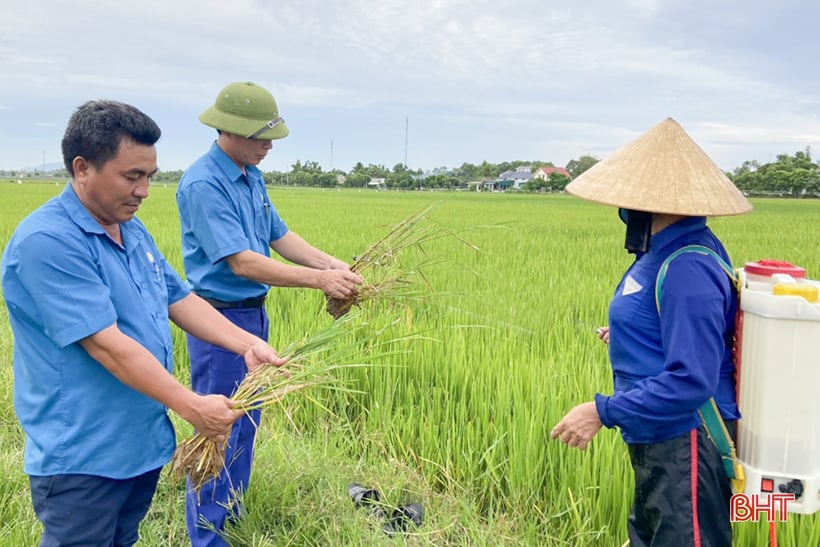
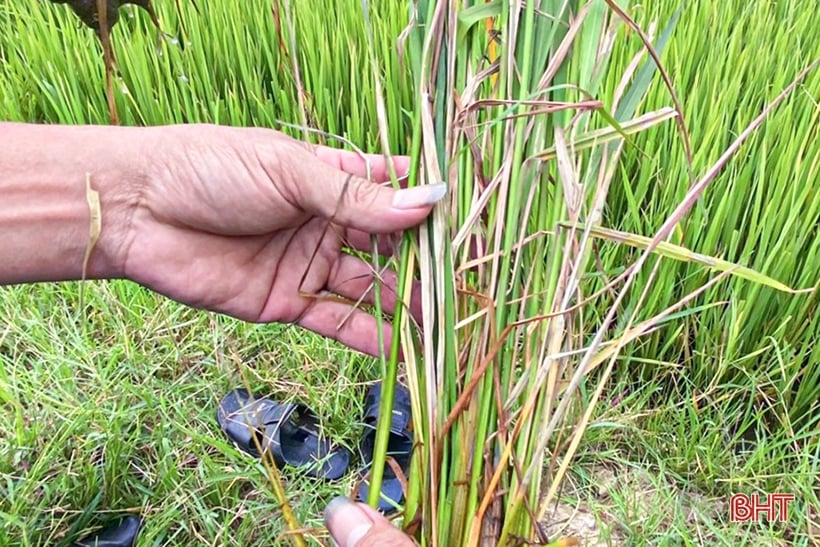
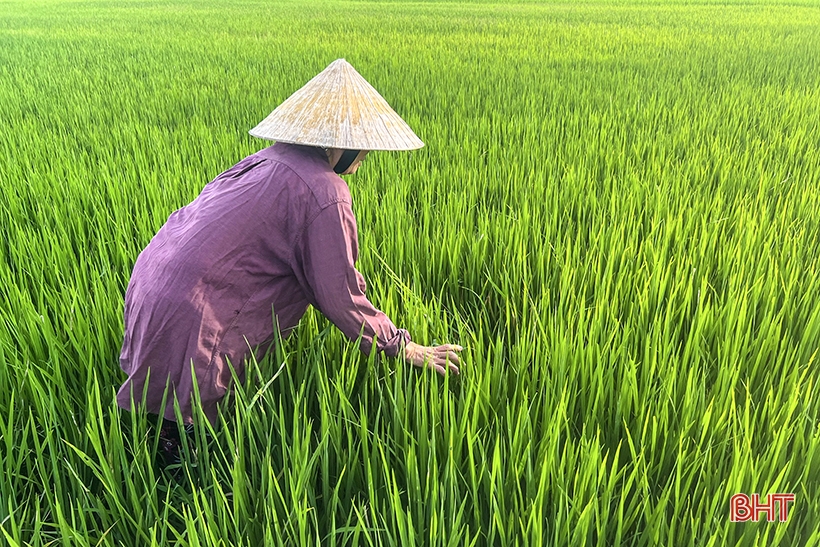
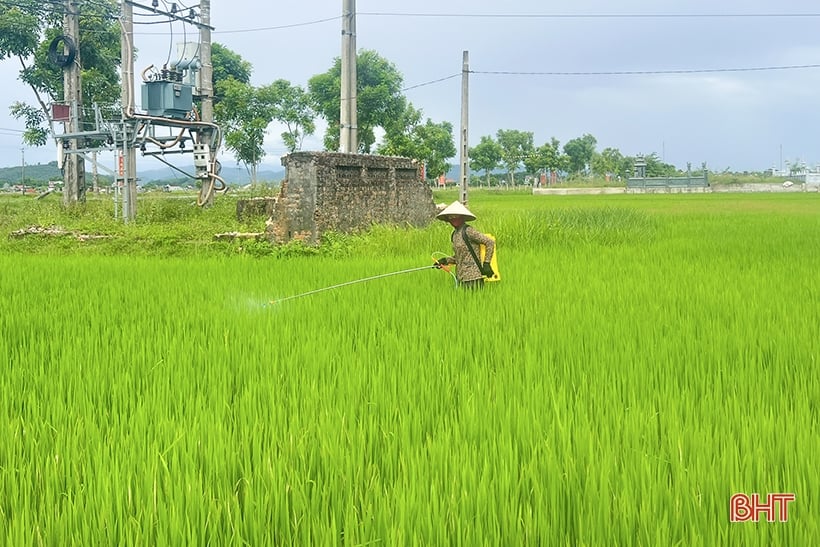





![[Photo] Ministry of Defense sees off relief forces to the airport to Myanmar for mission](https://vstatic.vietnam.vn/vietnam/resource/IMAGE/2025/3/30/245629fab9d644fd909ecd67f1749123)



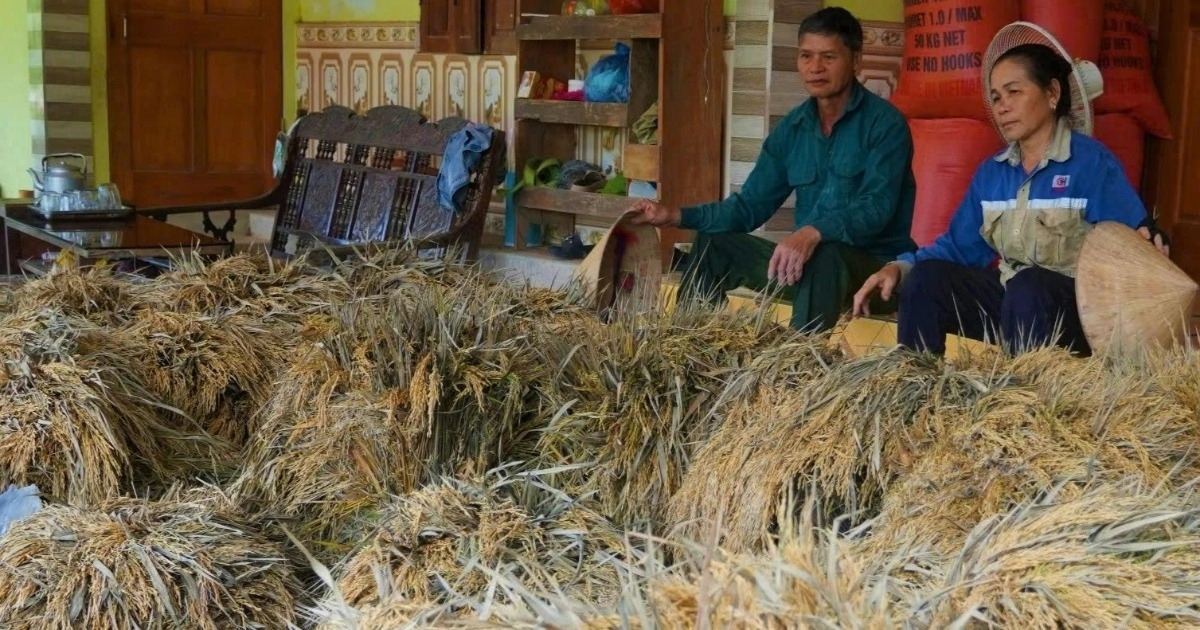


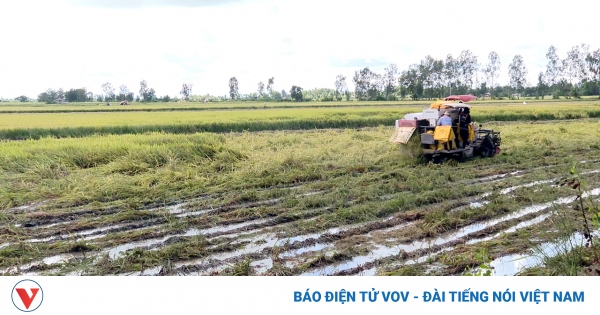





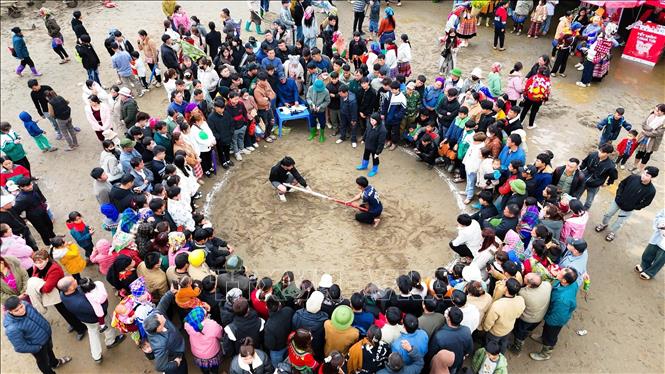









![[Photo] Prime Minister Pham Minh Chinh chairs meeting to remove difficulties for projects](https://vstatic.vietnam.vn/vietnam/resource/IMAGE/2025/3/30/7d354a396d4e4699adc2ccc0d44fbd4f)

















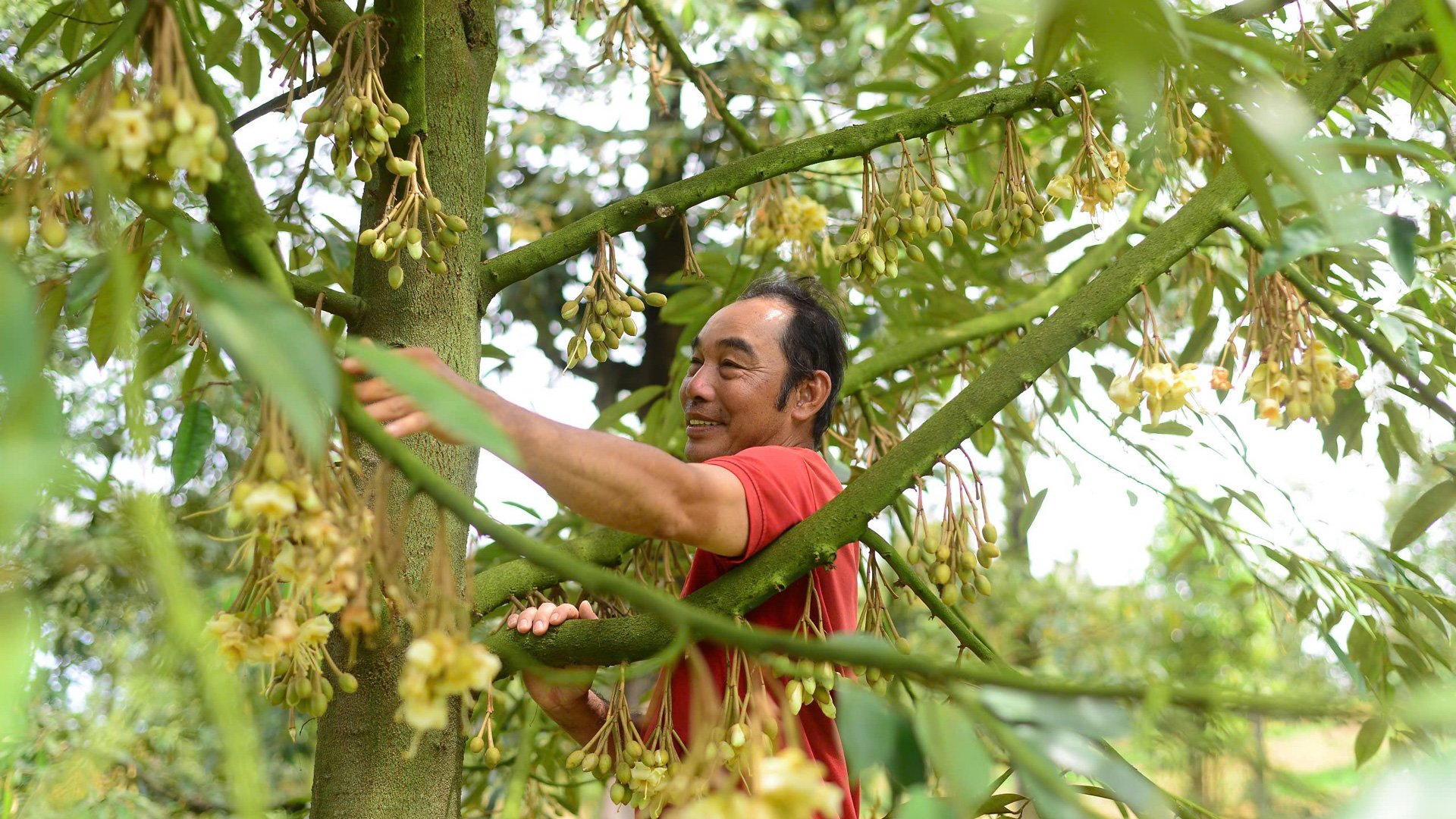






















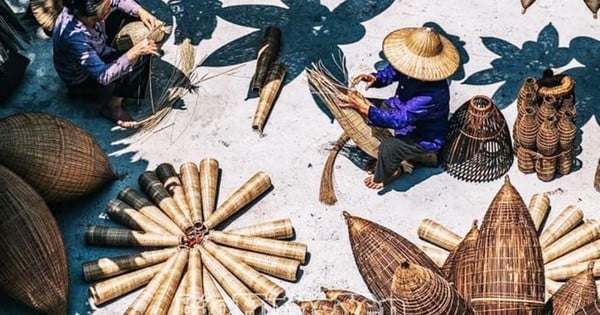












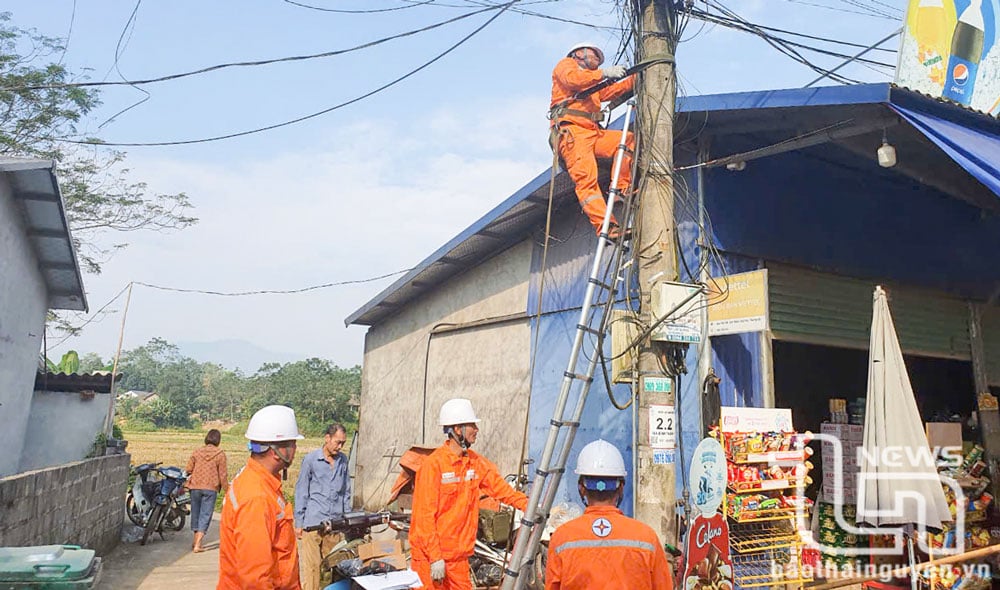





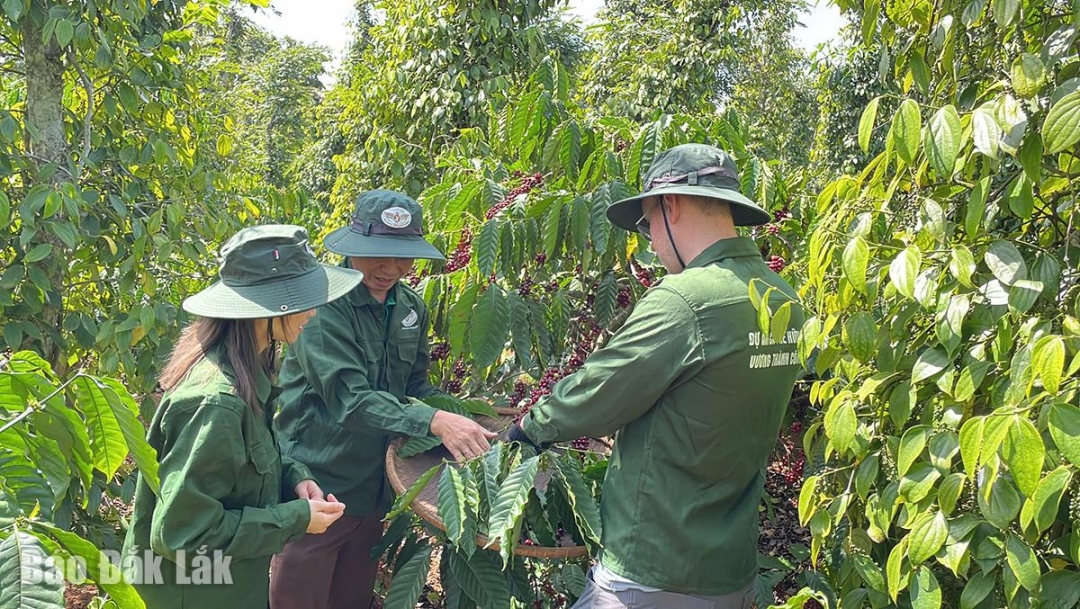




![[REVIEW OCOP] An Lanh Huong Vet Yen Cat](https://vstatic.vietnam.vn/vietnam/resource/IMAGE/2025/3/27/c25032328e9a47be9991d5be7c0cad8c)
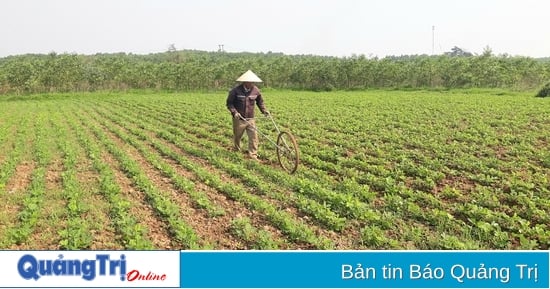

Comment (0)